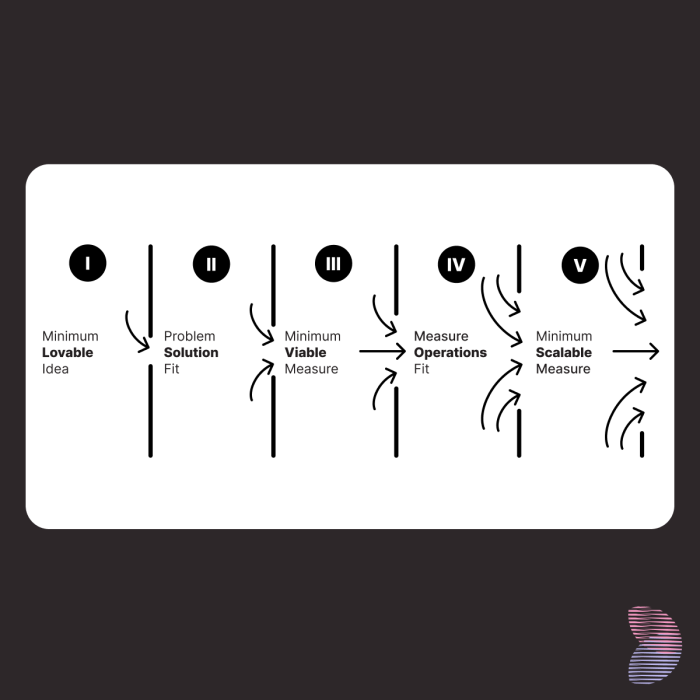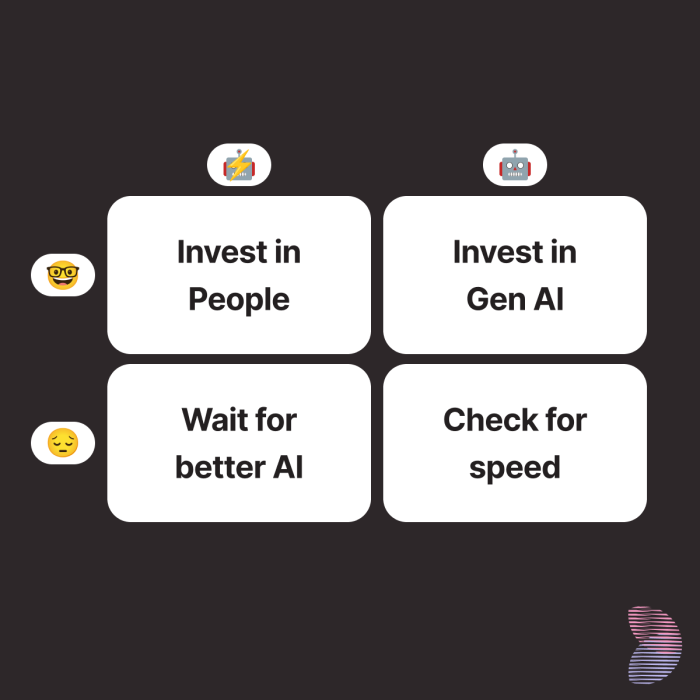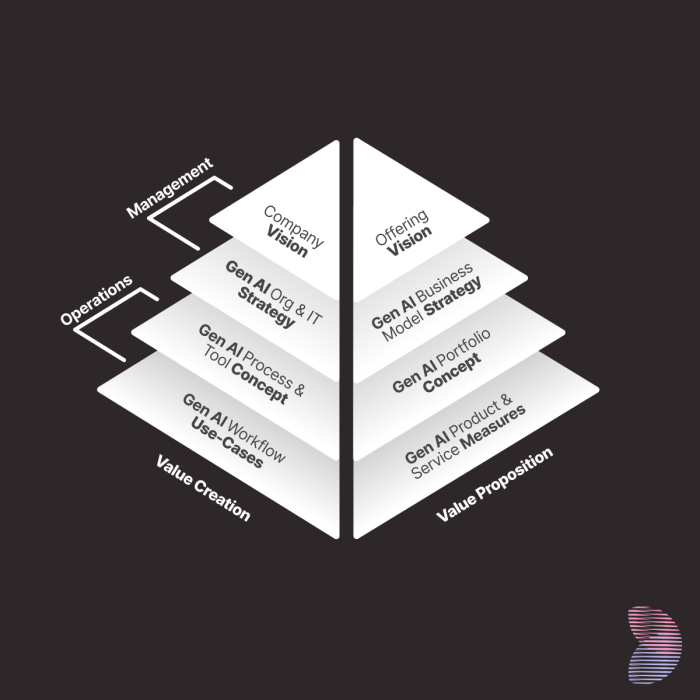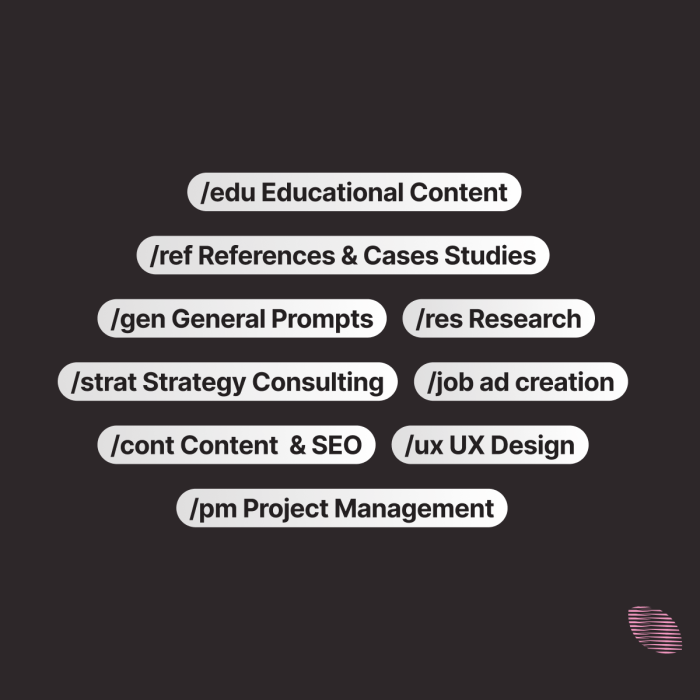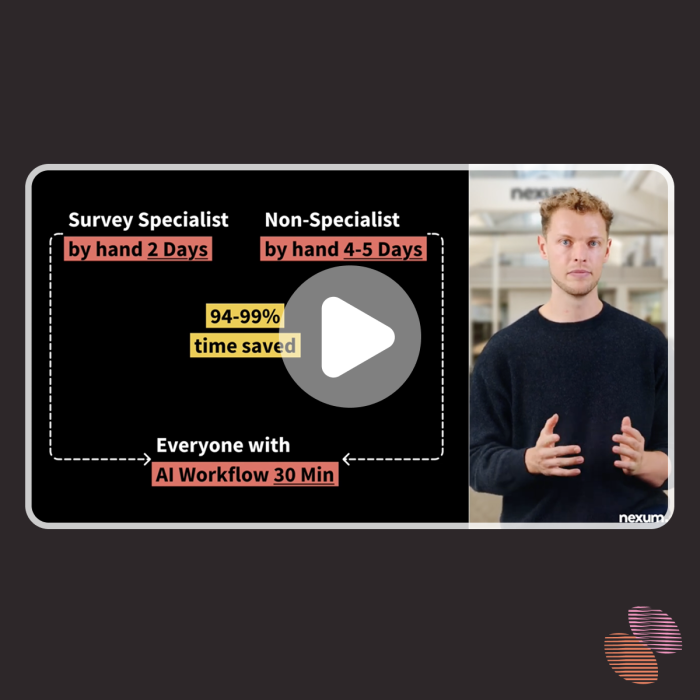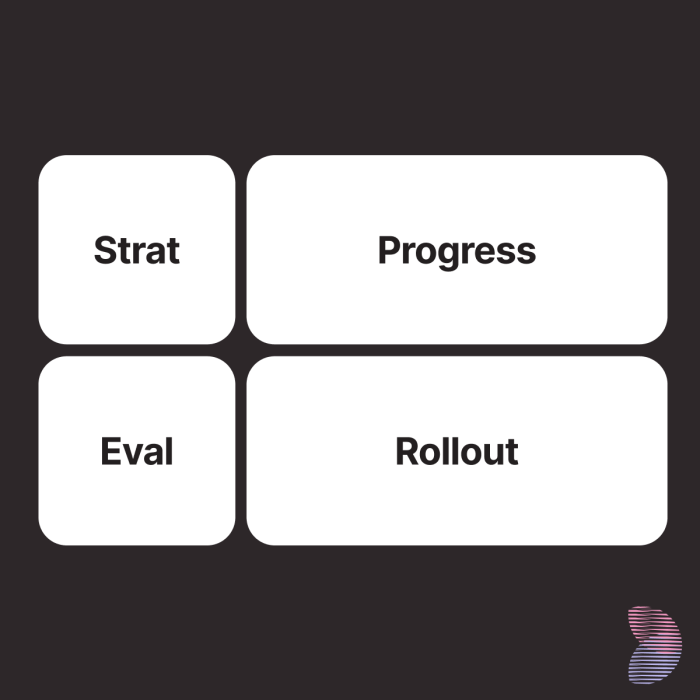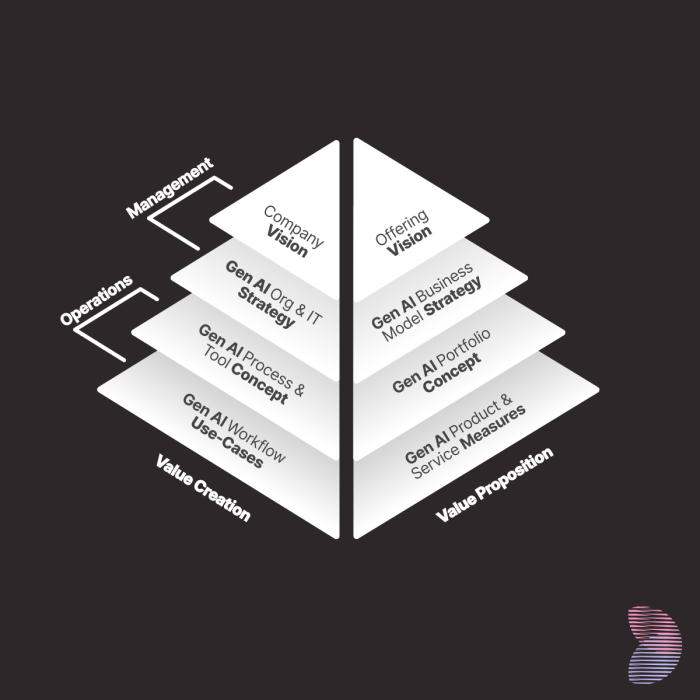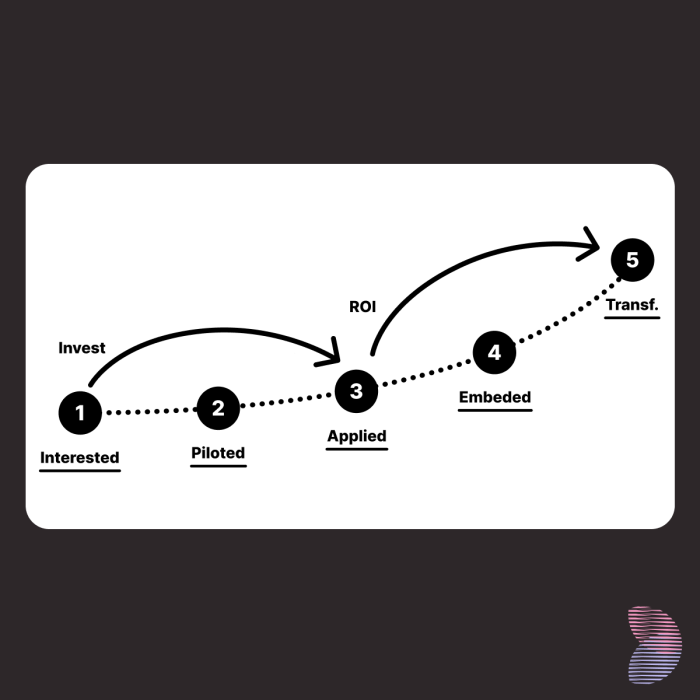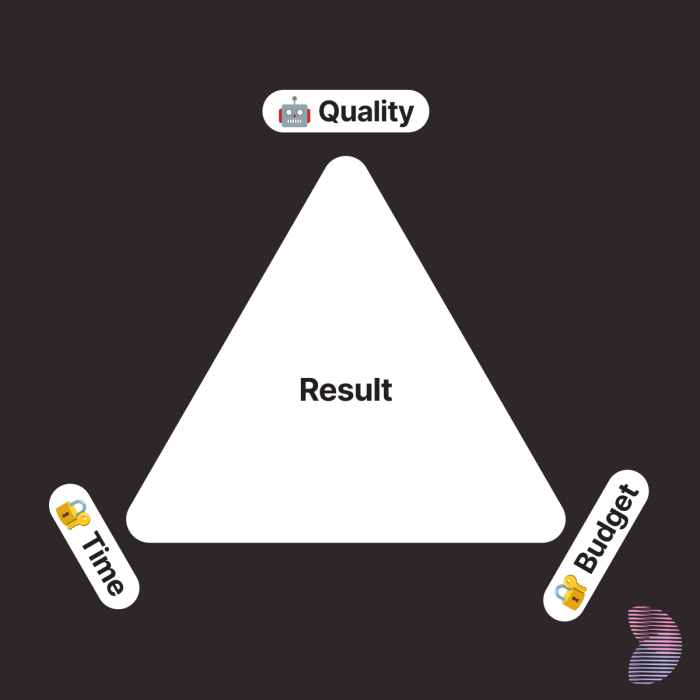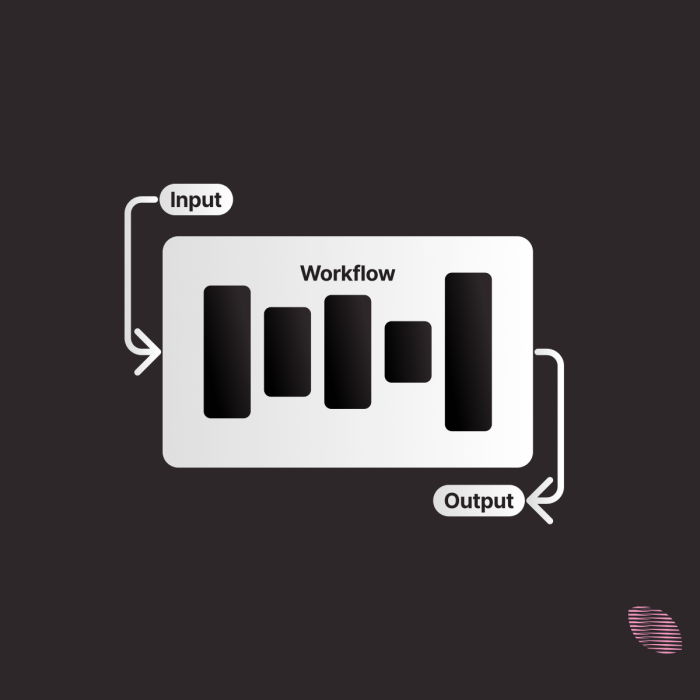A GenAI Maturity Model
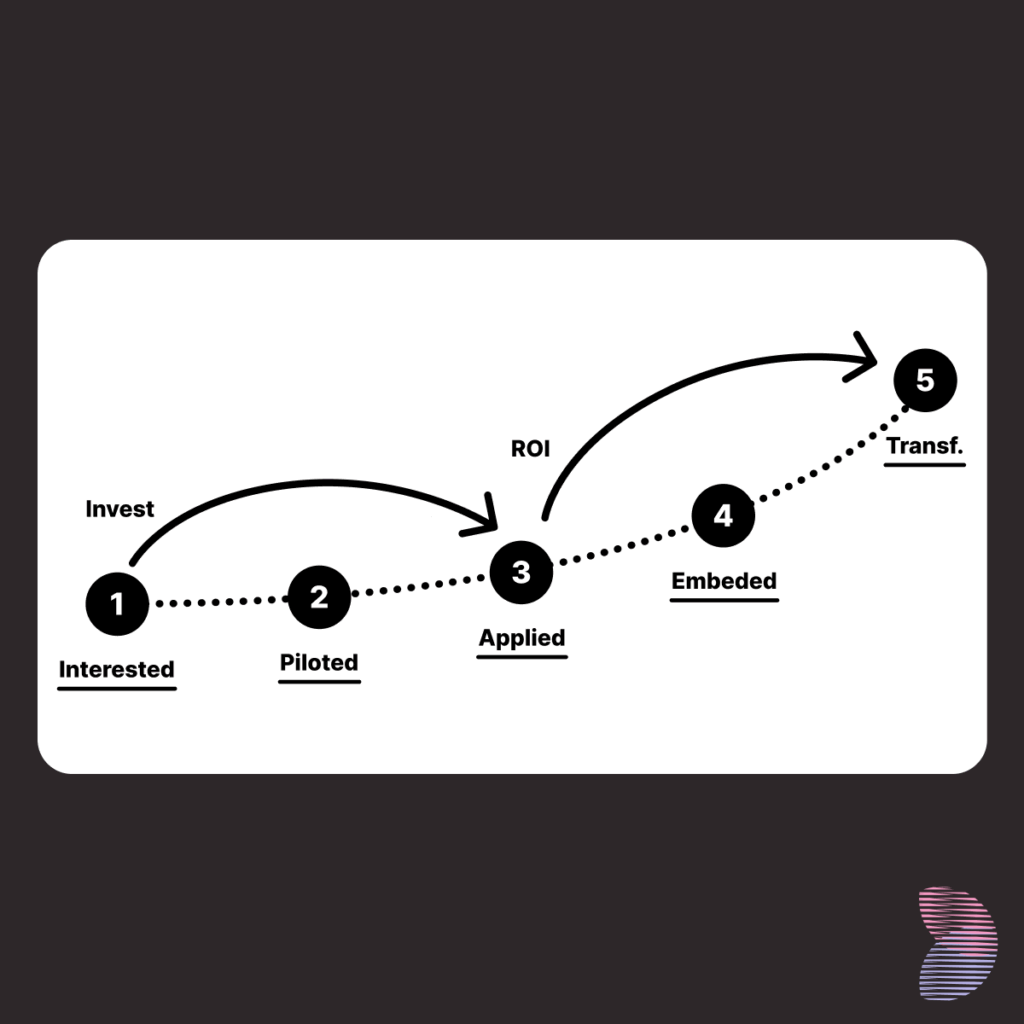
Let me give you a quick background on this – I’ve been working with companies on GenAI adoption for quite some time now, and what I’ve realized is that most organizations actually struggle with the same fundamental challenge: they don’t know where they stand in their AI journey, and more importantly, they don’t know what steps to take next.
The maturity model I’m presenting here is basically our roadmap – or let’s say, a cheat sheet – to help companies navigate this complex process of GenAI adoption without losing track of where they are and where they need to go.

Why You Actually
Need This Model
Now, here’s the thing – and this is something I see repeatedly in my work with clients – companies often think that just implementing new AI tools is enough. That’s actually completely wrong, especially when we’re talking about GenAI.
The reason is relatively simple: GenAI tools are characterized by their flexibility and individuality. That means you can’t just roll them out company-wide and expect everyone to magically become productive. You need to slowly introduce employees to working with GenAI tools, giving them sufficient space to understand the basic concepts and experiment with the technology.
There are some parallels here to when Google emerged as a search engine or at the beginning of the internet – people needed time to develop what I call „digital literacy.“
The Core Concept
Understanding Where People Are
When you look at GenAI adoption from this perspective, it becomes pretty clear that you need to take a more differentiated approach to how individuals within a company engage with this new topic. The measures you implement should differ based on how much someone has already engaged with GenAI.
This understanding and previous experience with the thinking patterns that characterize GenAI – that’s what we divide into maturity levels. And let me tell you, this is actually the key to successful AI transformation.
5 Levels

This GenAI maturity model is divided into 5 levels, and each level is described in terms of cultural characteristics and impact on business processes – because these two levels are what fundamentally make up companies.
Level 1: Interested
This is where most companies start, to be honest. The company and employees show interest in GenAI. Employees and/or management inform themselves about the impacts of GenAI on various industries, get competitive analyses, assessments, or feedback, and learn about potential GenAI measures.
Level 2: Piloted
Now we’re getting into the action phase. The implementation of GenAI experiments and pilot projects within established business processes by a task force is underway. The measurability of GenAI impact in use cases is actively promoted to better assess deployment possibilities of GenAI tools and to set up investment planning for further rollout.
Level 3: Applied
At this level, GenAI tools are used for various everyday business processes. Comparisons of different processes and different GenAI tools have become standard. There are cross-functional responsible persons with significant decision-making authority who are known and recognized.
Level 4: Embedded
The integration of GenAI into core business strategies is complete, and all strategic decisions consider GenAI. It’s ensured that GenAI is considered in all (new) projects and workflows.
Level 5: Transformational
GenAI continuously drives the transformation of business processes, the alignment of directional decisions, and strategic planning. Customized GenAI tools and GenAI measures significantly improve customer satisfaction and company performance.

Investment
vs. ROI
Here’s something that’s really important to understand – and this is where I see many companies get confused: I distinguish between two overarching phases within the model: Investment and ROI.
The first three levels typically see higher investments than savings. But from Level 3 onward, when GenAI is deeply integrated into the company structure, the funds generated through savings and revenue increases exceed the expenses for GenAI measures.
This requires forward-thinking leadership that recognizes and utilizes AI’s potential – and that’s not always easy to find, I have to say.
Setting the Right Maturity Goal
Now, here’s where strategy comes in. Besides locating the company within the maturity model, it’s crucial to set a maturity goal – meaning which maturity level a company wants to reach long-term, ideally combined with a time-based goal.
In many companies, reaching Level 5 won’t be desirable because identifying GenAI as the primary driver for company development in all areas doesn’t have to make sense. The maturity goal depends on how high the GenAI maturity of the competition is and how strong an influence GenAI has on the company’s business model in the short or long term.
I personally think most companies should aim for a maturity goal of Level 3-4. That’s usually the sweet spot where you get maximum benefit without over-investing in areas that don’t drive your core business.
How to Assess Your Current Level
The assessment of a company’s maturity level on a topic like GenAI can’t be done through pure facts alone – you need to survey employees because of the cultural dimension of GenAI adoption.
This makes the assessment both simple, because it can be standardized, but also time-intensive, especially in large companies.
We generally distinguish between questions for managers and questions for employees. Both questionnaires consist of topic areas with standardized questions and answer options that each enable evaluation and classification into the GenAI maturity model.
Manager Assessment
For leadership, we focus on four main areas:
GenAI Potential & Usage:
How familiar is your department with generative AI potentials? To what extent are generative AI tools and technologies used in your company?
GenAI Management:
How do you measure the success and impact of generative AI in your company? What resources are available for AI projects?
GenAI Strategy:
Do you have a strategy for deploying and scaling generative AI technologies? How does your company plan to adapt to future developments and innovations in generative AI?
GenAI Rollout:
How is knowledge about generative AI spread in your company? To what extent do your legal and technical guidelines support agile and broad application of generative AI in the company?
Employee Assessment
For employees, we look at three core areas:
GenAI in Your Work:
Your understanding of generative AI, use of AI tools in daily work, your involvement in AI projects, and the influence of AI on your own role.
GenAI Training:
Your perception of AI & data protection in your company, training and education on generative AI, knowledge dissemination and education in your company about AI.
GenAI in Your Company:
Your knowledge of interdisciplinary collaboration in the AI context, your knowledge of your company’s readiness for disruptive AI changes, your knowledge of future orientation and adaptability to AI progress.
The Bottom Line
Look, the key takeaway here is that GenAI adoption is not just about technology – it’s fundamentally about organizational change and cultural transformation. The maturity model gives us a framework to navigate this change systematically rather than just hoping for the best.
What I’ve learned from working with companies at different maturity levels is that the ones that succeed are those that take a structured approach, set realistic goals, and invest in both technology and people development simultaneously.
The future belongs to organizations that can effectively integrate GenAI into their operations while maintaining their human-centered values and strategic focus. This model is your roadmap to get there.
